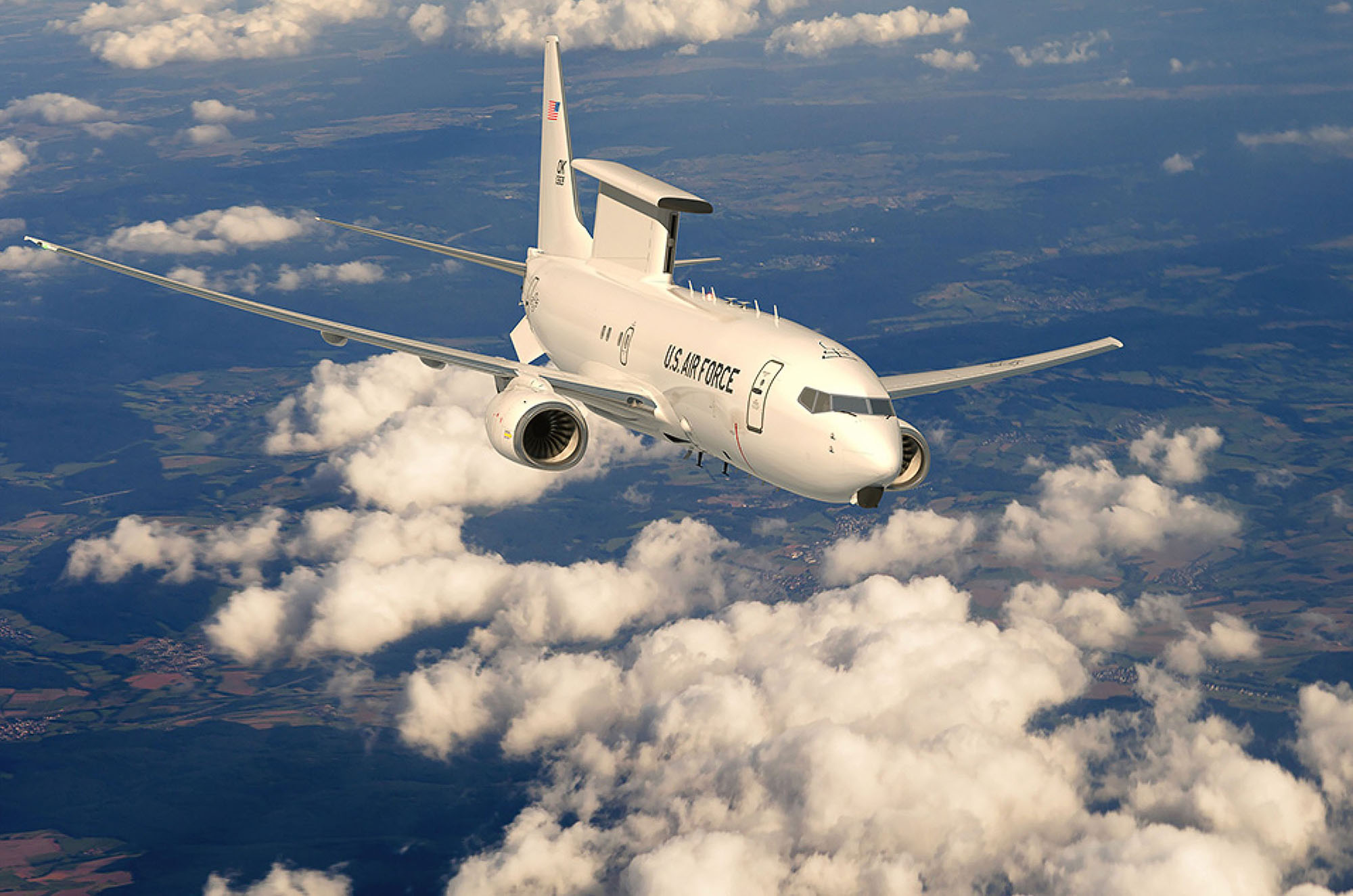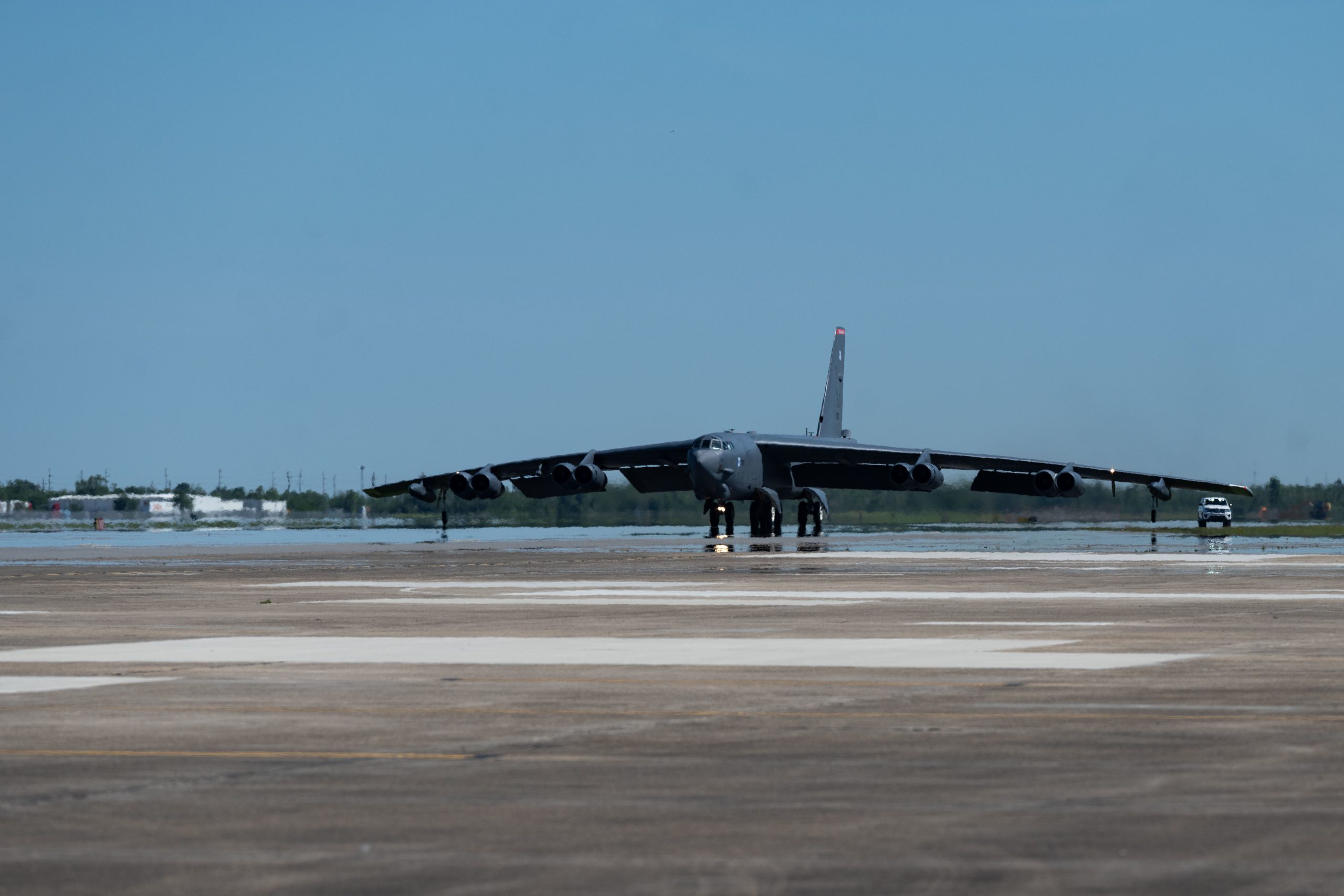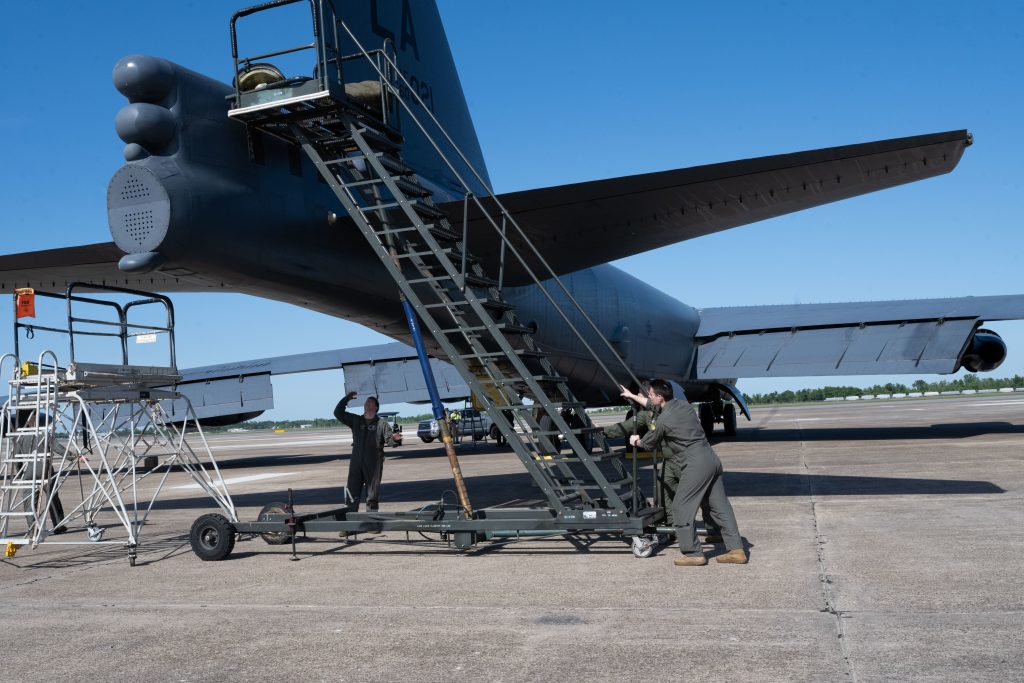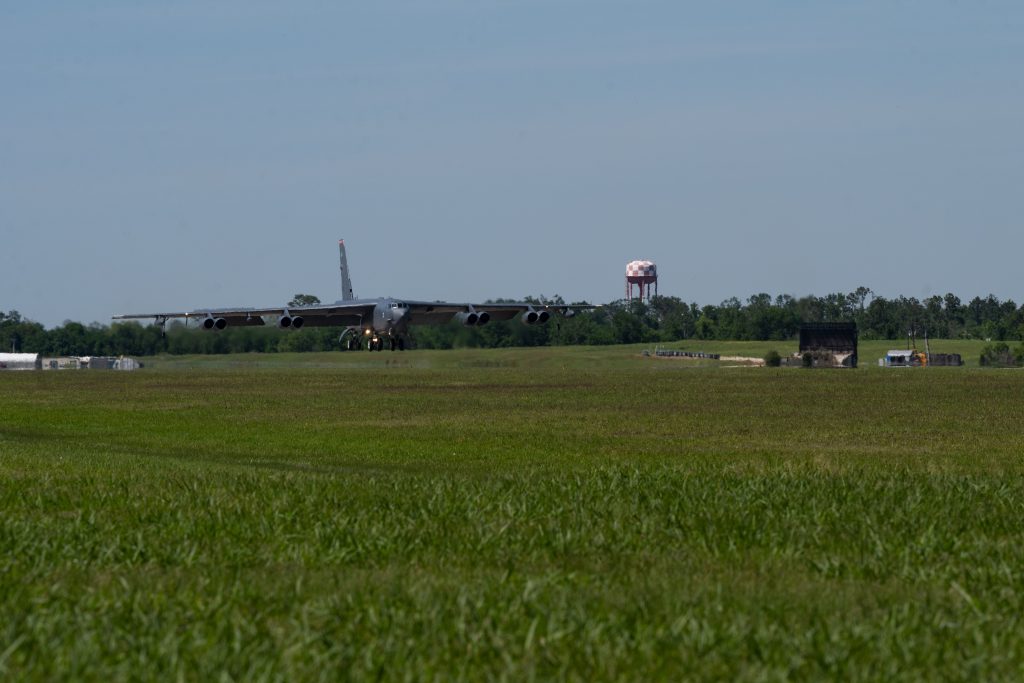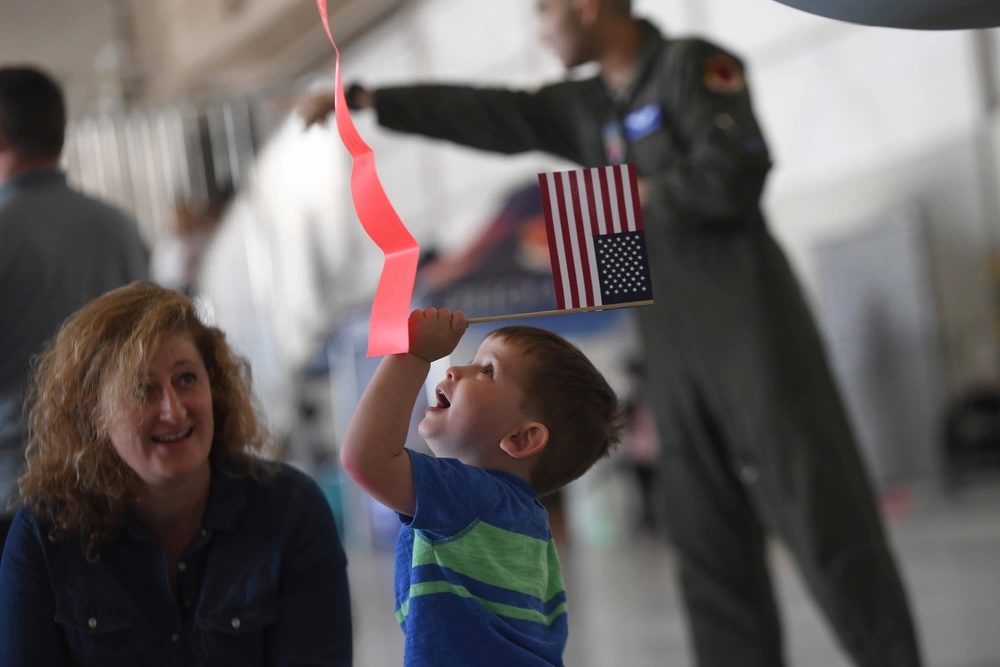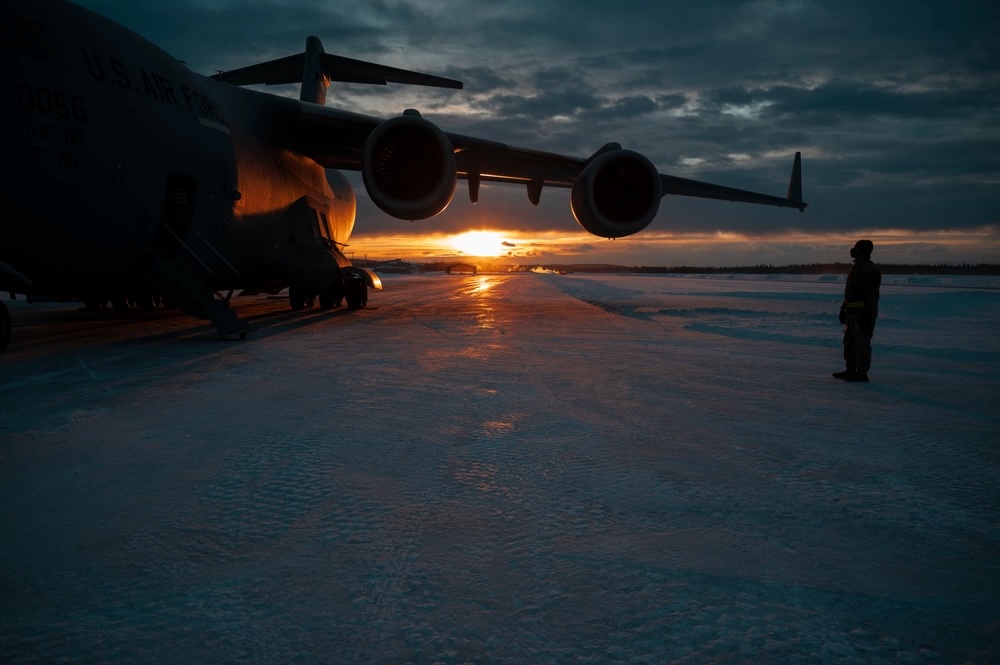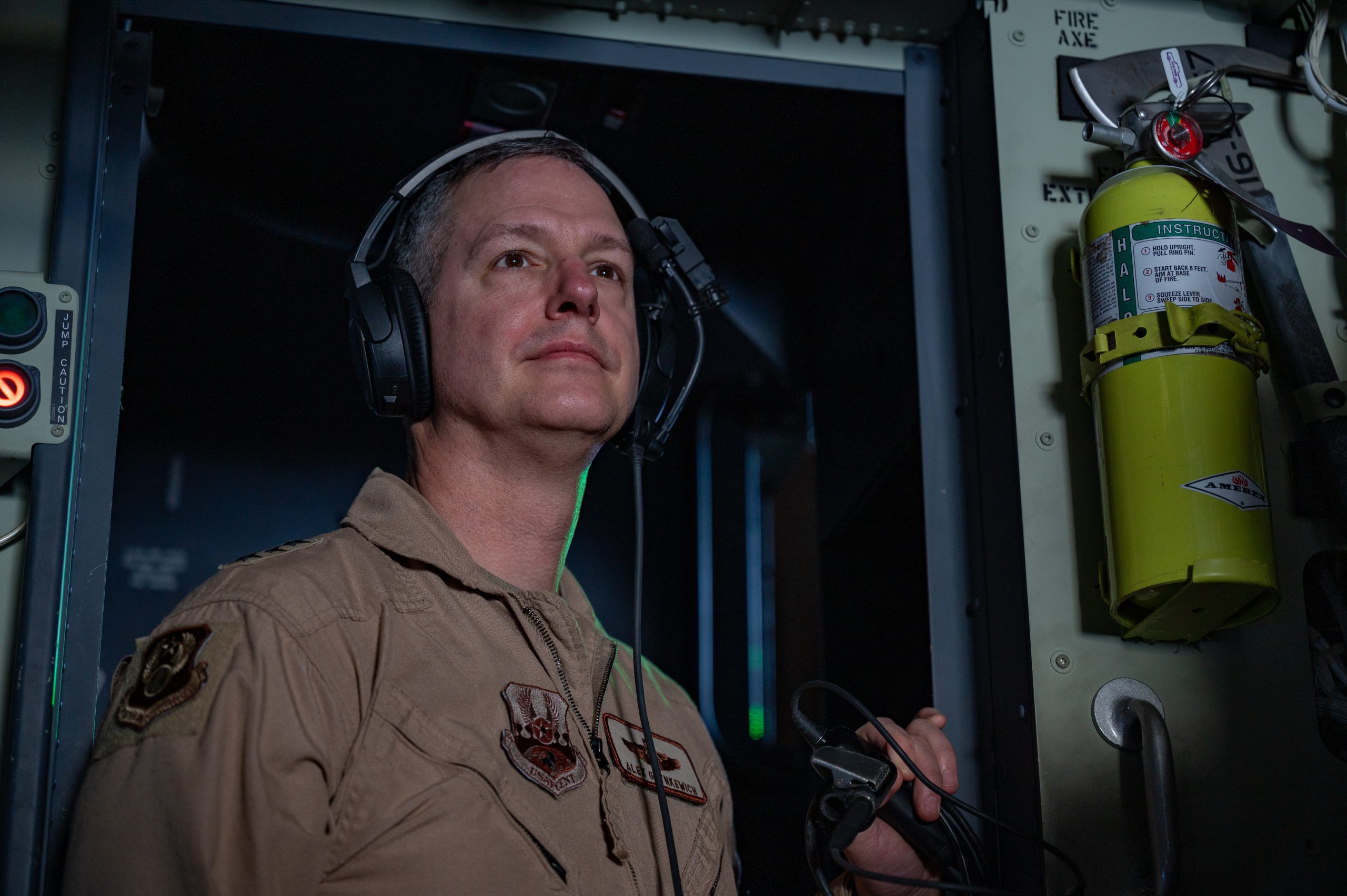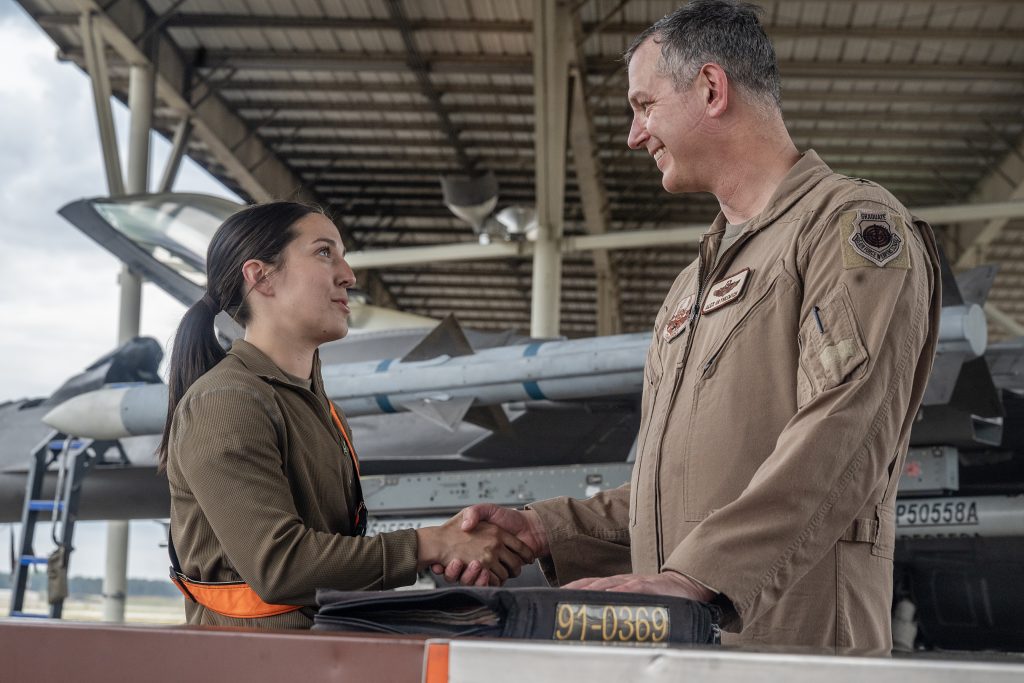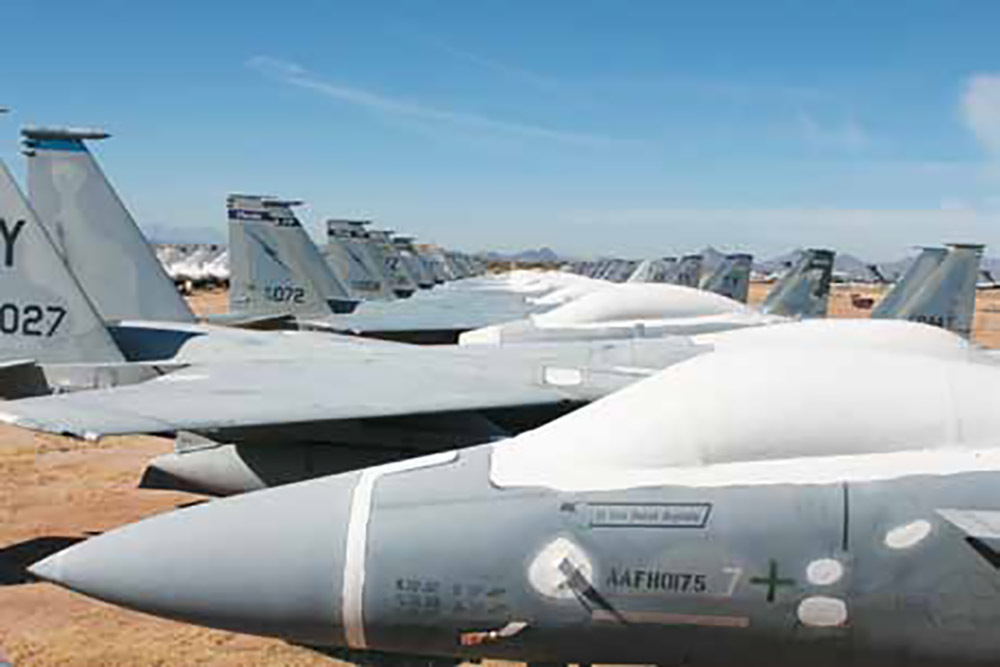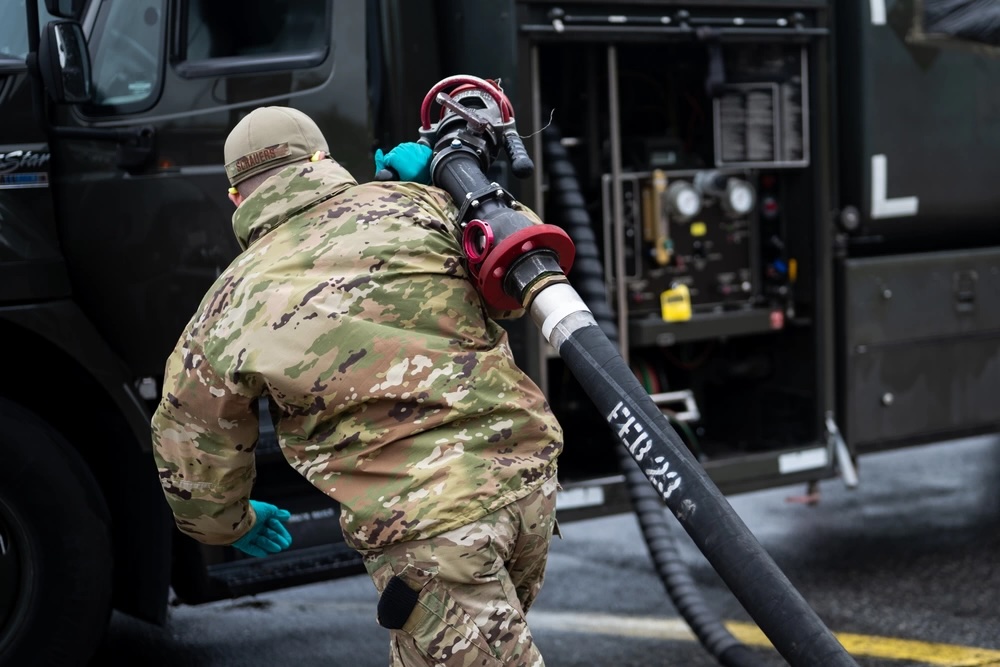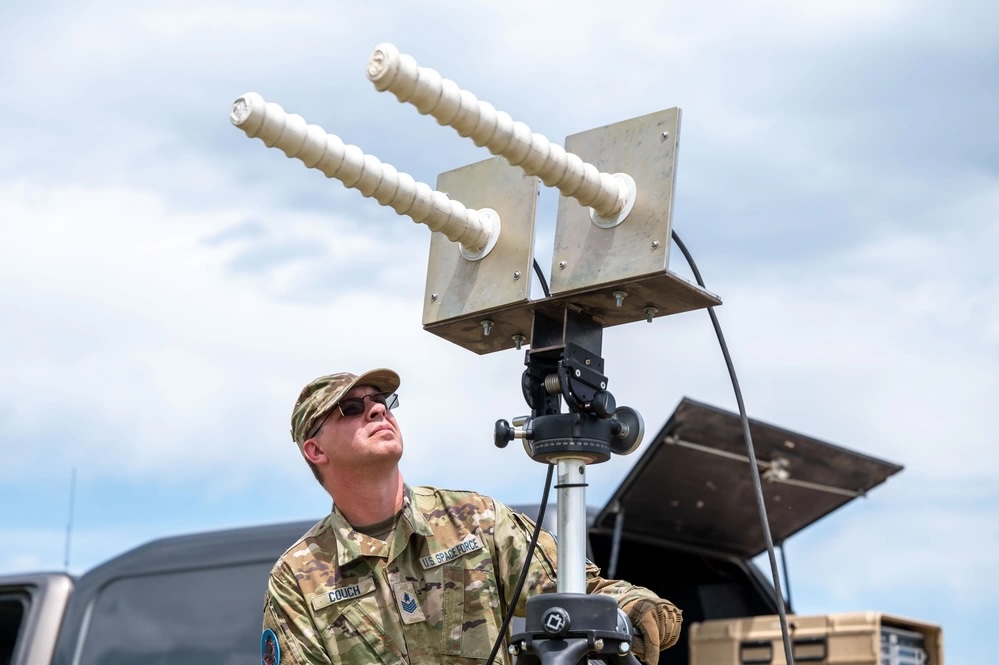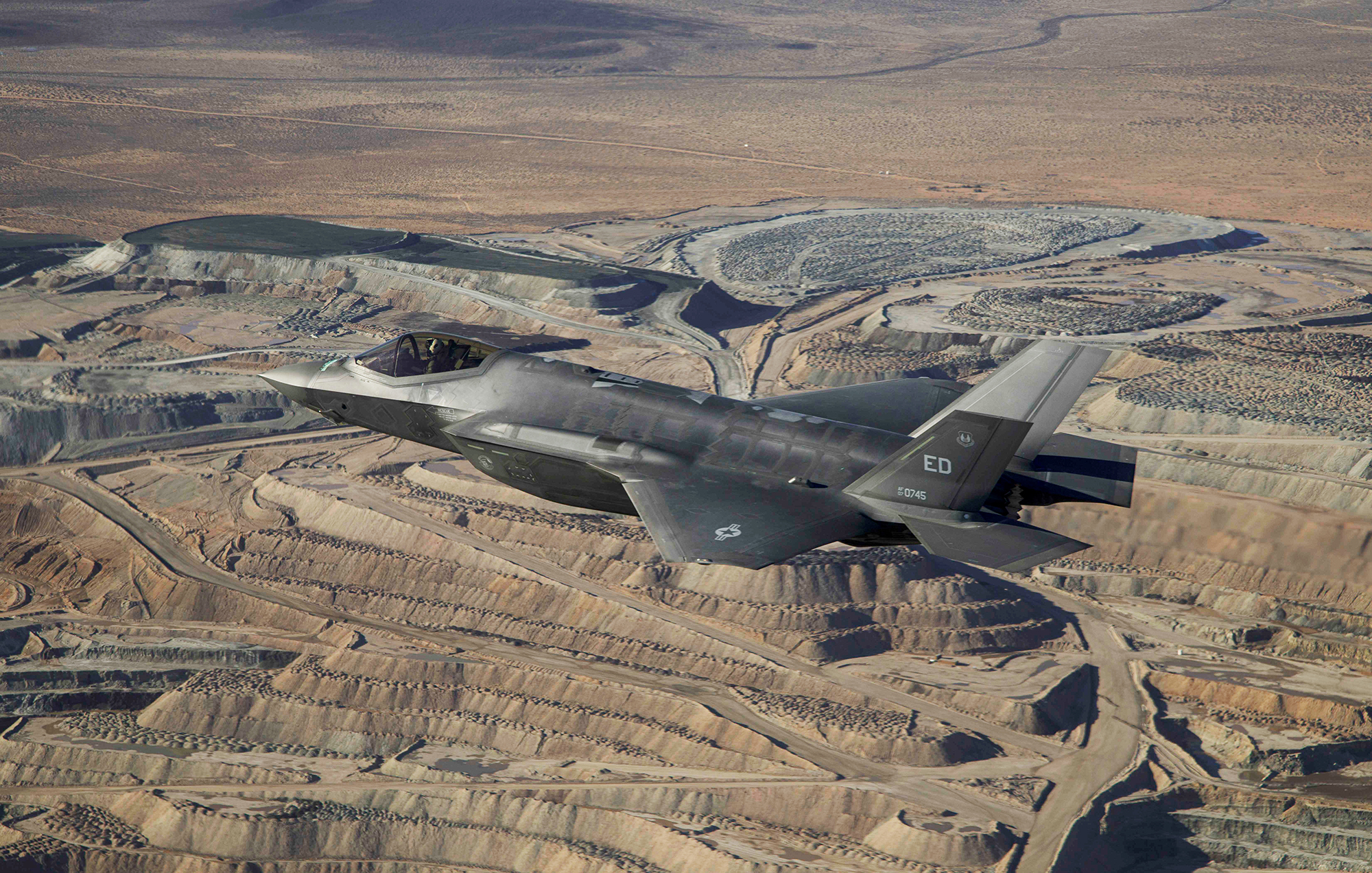The Air Force hopes to nail down a deal with Boeing for the E-7 Wedgetail airborne early warning and battle management aircraft soon, but negotiations remain bogged down over what the service deems an unreasonably high price for the jet.
The Air Force won’t say what it thinks is a fair cost for the E-7, but in a hearing of the Senate Armed Services Committee this week, Sen. Markwayne Mullin (R-Okla.) said a figure of $2.5 billion per airplane is rumored, and neither Air Force Secretary Frank Kendall nor Chief of Staff Gen. David W. Allvin challenged that figure.
A congressional source said the figure came up in pre-testimony office visits and, again, was not refuted by Air Force officials. However, an Air Force official said the figure is “about” what’s being discussed for the engineering and manufacturing development program for the E-7 program.
An Air Force spokesperson said the $2.5 billion per jet figure is “inaccurate,” but declined to comment further.
The E-7s in question would be prototypes, and that cost would not necessarily correlate to the other 24 Wedgetails the Air Force plans to buy.
When asked about progress with the E-7 in the April 16 SASC hearing on the Department of the Air Force’s budget, Kendall said the Air Force is “still moving ahead with the E-7; it’s funded in the ’25 budget.” He added that production of one of the two developmental prototypes has been slipped “a year to the right.”
“The price that we got from the prime came in much higher than we had anticipated,” Kendall said. “We’ve been involved in negotiations trying to get it down. We have come much closer, but we’re not really at closure yet. So, we have some additional work to do there.”
In what Kendall said was an admittedly “optimistic” forecast, the Air Force would “hopefully … get to an agreement very shortly, and then we’ll be able to move on to the program. We’re still committed to the program, but we’ve got to have an affordable aircraft.”
The Air Force plans to buy 26 E-7s to replace the E-3 Airborne Warning and Control System aircraft, which now is more than 40 years old. Allvin said that because of obsolete parts, overall structural fatigue, engine maintenance issues, and age, the aircraft are “starting to divest themselves” and cannot continue to be upgraded. He lauded maintenance Airmen who manage to keep the aircraft flying despite the many mechanical issues.
Kendall said the E-3’s radar is obsolete, and because Chinese long-range missiles would target such key assets early on in a potential conflict, the E-3 and other critical assets like it “are not effective and would die very quickly.” The E-7, with its main active electronically scanned array radar, can operate further away from the heat of the fight, increasing its survivability.
Long-term, Kendall said, the airborne and ground moving-target mission will transition to satellites.
Asked why the E-7 is apparently so costly, Kendall said that it “would have to include all of our communication systems. So, there are a number of modifications from the original E-7, which is several years old, that have to be made to meet our requirements. That’s part of the problem with the cost.”
The E-7 was developed by the Royal Australian Air Force with Boeing, and has also been adopted by the U.K. Royal Air Force. The Republic of Korea Air Force and Turkish Air Force have also signed up to buy it, and NATO is considering the jet to replace its own E-3 fleet.
Mullin—whose state the E-3s are based and fixed at depot—insisted the 16 E-3s the Air Force will retain until the E-7 arrives are too few, adding that “quantity has a quality all its own” and that more aircraft can help blunt Chinese advances.
In response, Allvin retorted that “it’s only good if that quantity can survive. It’s only good if that quantity can be effective.”
Operating in a “highly contested environment, against a peer adversary … more quantities” of less advanced aircraft “might be left in the bottom of the Pacific Ocean,” he said.
The Air Force needs to “ensure that those crews can survive; they can execute their mission,” Allvin said. The proposed plan for the E-3 retains “enough for today” while investing in a more credible capability in the near term, he added.
Kendall said the E-3s “just don’t have the resilience or the capability. … We’ve really got to get to the next generation. So keeping airplanes around that are going to be ineffective and essentially very vulnerable to attack in the early stages of conflict … is not putting us in a better position.”
At the AFA Warfare Symposium in February, Air Force acquisition executive Andrew Hunter said he doesn’t find it “surprising” that Boeing is bargaining hard on the E-7, noting that “they’ve gotten into some contracts in the past”—like the KC-46 taker and T-7 trainer—where “it’s apparent that as they were bidding those, there was key information they were lacking.”
Boeing is more than $7 billion in the red on the KC-46, which is a fixed-price program, and is starting to incur significant losses on the fixed-price T-7, as well. Outgoing Boeing CEO David Calhoun has said the company is resolved to be “more disciplined” in how it bids government contracts.
Boeing is “trying to do their homework and not bid” if “they don’t understand the full scope of the work they’re going to be expected to perform,” Hunter said at the conference.
The sticking point in the negotiations is focused solely on the “prototype aircraft,” Hunter said. Once those are in the configuration the Air Force needs, it wants to “seamlessly transition into a production program under the major capability acquisition pathway.”
Hunter and other officials have said that nonrecurring engineering and cybersecurity are the big E-7 cost items that were not anticipated. Officials have also said the Air Force has offered to defer some capabilities to later upgrades in order to meet a rapid timetable and get the cost to where the service and Boeing can agree.
An Air Force official said in February that although there are other potential solutions to the Air Force’s airborne tracking and battle management requirement, “there isn’t any alternative … when you think about what it would take to match this.”
